The Definition of a Boil

What is a boil? A boil is a skin abscess that forms deep inside a hair follicle or oil gland. A boil is caused by a bacterial skin infection. A boil generally starts as a reddened, tender area. Over time, the area becomes firm and hard.
The infection damages your skin cells, hollowing the tissue out. Your immune system responds with white blood cells, which fill the center of the infection and make it soft. Your body makes these cells to destroy the infection.
Together with bacteria and proteins, these white blood cells are known as pus. This pus may eventually form a central head near the surface of your skin. This head may drain on its own, spilling out of the surface of your skin. If not, it can be surgically opened.
What Symptoms Are Related to Boils?
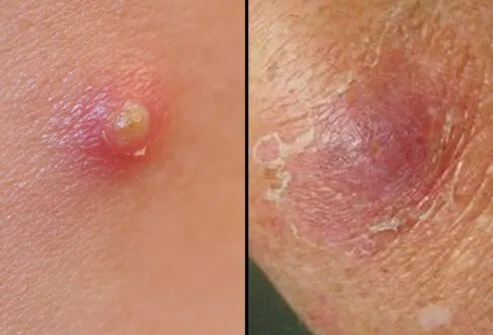
A boil starts as a hard, red, painful, pea-sized lump. It is usually less than an inch big. Over the next few days, the lump becomes softer, larger, and more painful. Soon, a pocket of pus forms on the top of the boil.
Here are some symptoms related to a severe boil infection:
- the skin around the boil becomes red, painful, and swollen;
- several boils may cluster around the original one (a carbuncle);
- a fever develops;
- the lymph nodes in the area become swollen
Where Do Boils Appear on Your Body?
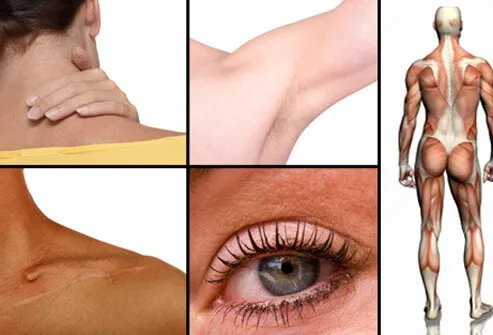
The most common places for boils to appear are on your:
- neck,
- armpits,
- shoulders,
- buttocks.
When a boil occurs on your eyelid, it is called a sty (stye).
Why Do Boils Form?
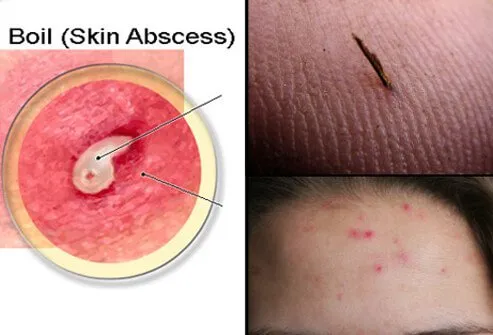
Boils are caused by bacteria, and usually the infectious bacterium is Staphylococcus aureus. Many staph infections develop into abscesses and can become serious very quickly. One big concern is that S. aureus is the same strain that causes MRSA infections (methicillin-resistant S. aureus).
This germ can be present on normal skin and enters the body through tiny breaks in the skin or by traveling down a hair to the follicle. Some boils can be caused by an ingrown hair. Others can form as the result of a splinter or other foreign material that has become lodged in the skin that causes the infection to develop.
Additional Causes of Boils
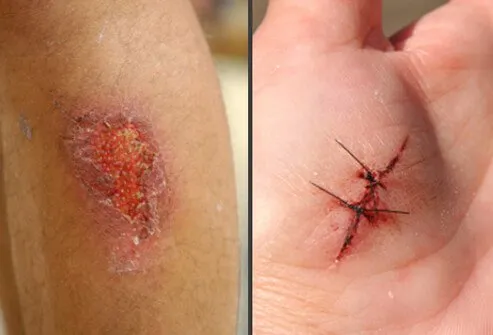
Your skin is an essential part of your immune defense against materials and microbes that are foreign to your body. Any break in your skin, such as a cut or scrape, can develop into an abscess (boil). Consequently, not all boils originate in hair follicles.
Boils Usually Start as Inflamed Hair Follicles
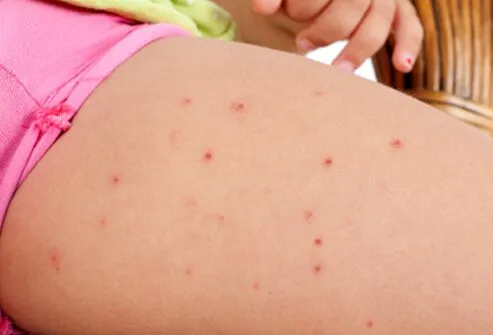
Folliculitis is an inflammation or infection of the hair follicles. This condition can develop into a boil and appears as numerous small red or pink little bumps at the hair follicles.
Infection of the hair follicles can occur when the skin is disrupted or inflamed due to a number of conditions, including acne, skin wounds or injuries, friction from clothing, excessive sweating, or exposure to toxins.
Can Boils Become Contagious?
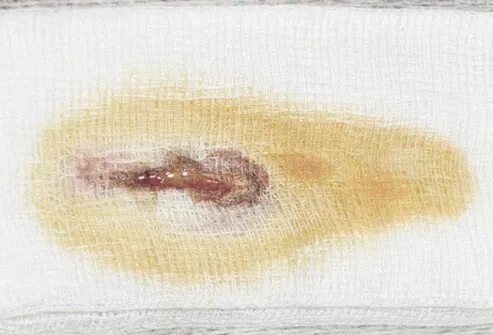
Boils themselves are not contagious, but S. aureus is. Until it drains and heals, an active skin boil can spread staph infection. The infection can spread to other parts of the person's body or to other people through skin-to-skin contact or the sharing of personal items, such as towels or washcloths.
What Are the Types of Boils?

There are several different types of boils. Another name for a boil is "furuncle." Among these are
- carbuncle
- hidradenitis suppurativa (seen in the armpit or groin)
- pilonidal cyst (area on the back where the buttocks merge)
- cystic acne
- sty (stye)
Carbuncle vs Furuncle
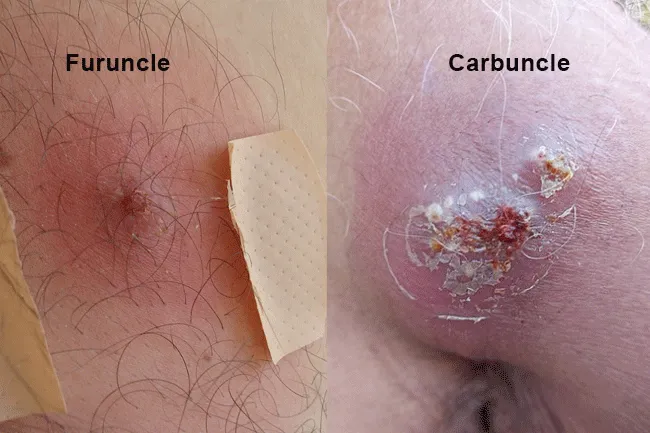
A carbuncle is an abscess in the skin caused by the bacterium Staphylococcus aureus. It usually involves a group of hair follicles and is therefore larger than a typical furuncle, or boil. A carbuncle can have one or more openings onto the skin and may be associated with fever or chills.
Carbuncles are considered more serious skin conditions. When you have multiple carbuncles, the condition is known as carbunculosis. This skin condition may not respond to home remedies, and is more likely to need expert treatment from a health care professional.
Cystic Acne
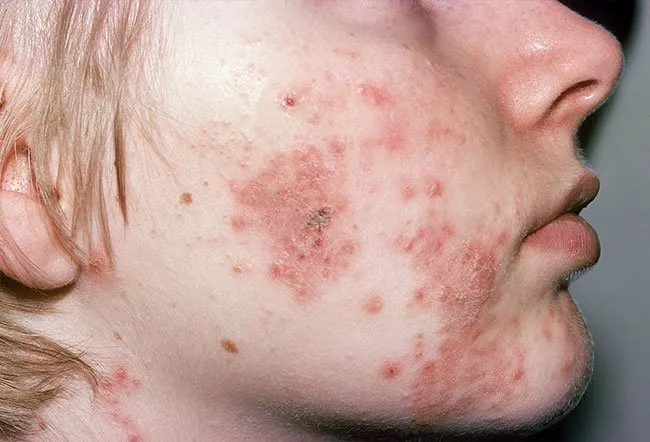
Cystic acne is a type of abscess that is formed when oil ducts become clogged and inflamed. Cystic acne affects deeper skin tissue than the more superficial inflammation from common acne. Cystic acne is most common on the face and typically occurs in the teenage years.
Hidradenitis Suppurativa
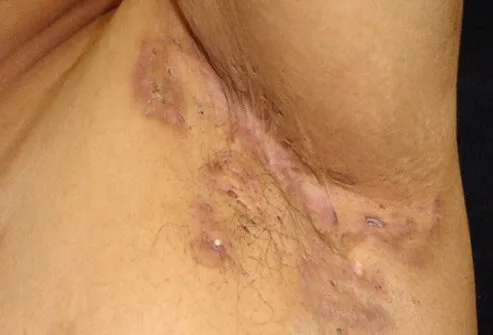
Hidradenitis suppurativa is a condition in which there are multiple abscesses that form under the armpits and often in the groin area. These areas are a result of local inflammation of the hair follicles. This form of skin inflammation is difficult to treat with antibiotics alone and typically requires a surgical procedure to remove the involved hair follicles in order to stop the skin inflammation.
Pilonidal Cyst
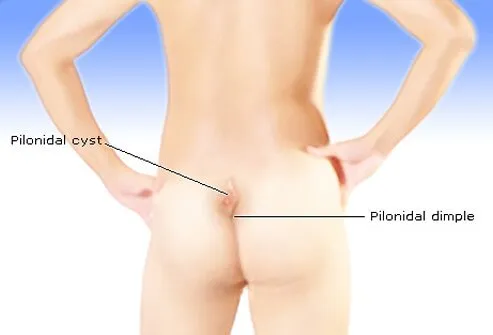
A pilonidal cyst is a unique kind of abscess that occurs in or above the crease of the buttocks. Pilonidal cysts often begin as tiny areas of inflammation in the base of the area of skin from which hair grows (the hair follicle). With irritation from direct pressure, over time, the inflamed area enlarges to become a firm, painful, tender nodule making it difficult to sit without discomfort. These cysts frequently form after long trips that involve prolonged sitting.
Eyelid Sty
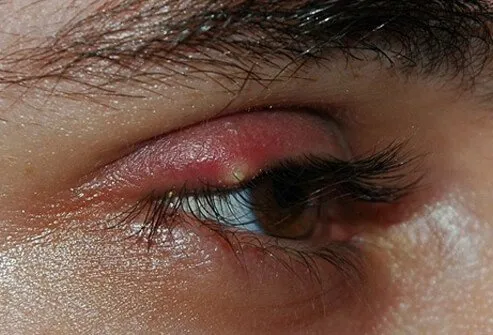
A sty (also spelled stye) is a tender, painful red bump located at the base of an eyelash or under or inside the eyelid. A sty results from a localized inflammation of the glands or a hair follicle of the eyelid. A sty is sometimes confused with a chalazion, a lump on the inner portion of the upper or lower eyelid, but a chalazion is usually painless and caused by obstruction and inflammation of an oil gland, not an infection.
Who Is Most Likely to Develop a Boil?
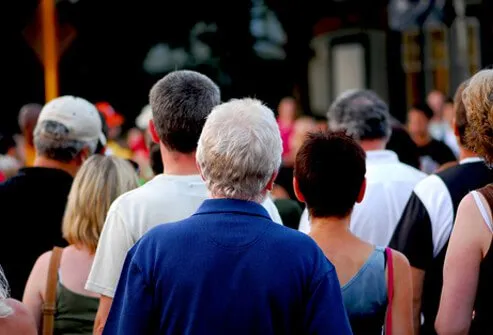
Anyone can develop a boil. However, people with certain illnesses or medications that impair the body's immune system are more likely to develop boils. Among the illnesses that can be associated with impaired immune systems are diabetes and kidney failure. Diseases, such as hypogammaglobulinemia, that are associated with deficiencies in the normal immune system, can increase the tendency to develop boils. Many medications can suppress the normal immune system and increase the risk of developing boils. These medications include cortisone medications (prednisone and prednisolone) and medications used for cancer chemotherapy.
What Is the Treatment for a Boil?
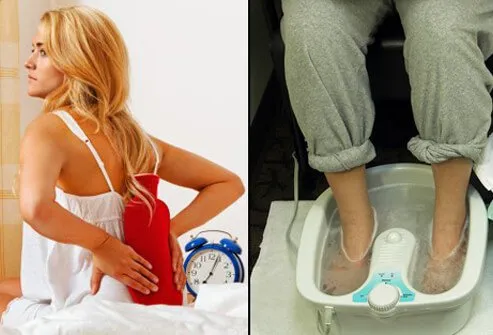
Most simple boils can be treated at home. Ideally, the treatment should begin as soon as a boil is noticed since early treatment may prevent later complications. The primary treatment for most boils is heat application, usually with hot soaks or hot packs. Heat application increases the circulation to the area and allows the body to better fight off the infection by bringing antibodies and white blood cells to the site of infection. Do not pop the boil with a needle. This usually results in making the infection worse.
Should Boils Be Drained?
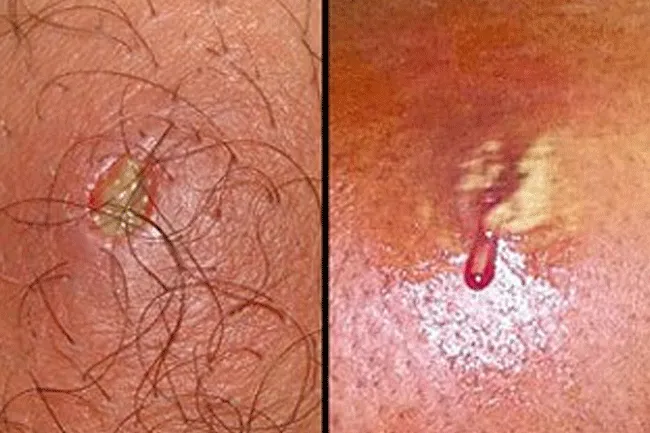
As long as the boil is small and firm, opening the area and draining the boil is not helpful, even if the area is painful. However, once the boil becomes soft or "forms a head" (that is, a small pustule is noted in the boil), it can be ready to drain. Once drained, pain relief can be dramatic. Most small boils, such as those that form around hairs, drain on their own with soaking and/or heat application. On occasion, and especially with larger boils, the larger boil will need to be drained or "lanced" by a health-care practitioner. Frequently, these larger boils contain several pockets of pus that must be opened and drained.
Why Do Boils Keep Coming Back? Recurring Boils

Once boils appear once, they may return. About 10% of people who develop a boil will develop another one within a year. Some people suffer from recurring boils (“recurrent furunculosis”). Home remedies and over-the-counter medicines may not be enough for this skin problem. Prescription antibiotics may be used to eliminate the responsible staph bacteria.
Especially if the skin surrounding your boil is infected, your doctor will often prescribe antibiotics. However, antibiotics are not always helpful.
Antibiotics have difficulty penetrating the outer wall of a boil. They often will not cure a boil without additional surgical drainage. In most cases, incising and draining the boil is sufficient to cure the infection. Your doctor should discuss the use or non-use of antibiotics for your condition.
When Should You Seek Medical Attention?
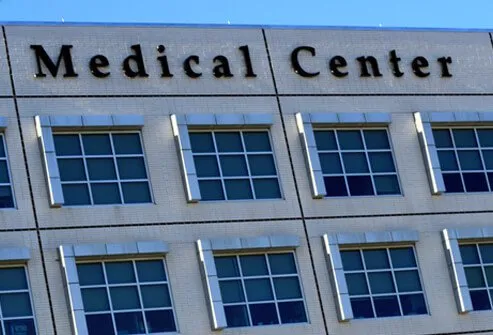
You should call your doctor and seek medical attention if:
- the boil is located on your face, near your spine, or near your anus;
- a boil is getting larger;
- the pain is severe;
- you have a fever;
- the skin around the boil turns red or red streaks appear;
- you have a heart murmur, diabetes, any problem with your immune system, or use immune-suppressing drugs (for example, corticosteroids or chemotherapy) and you develop a boil;
- the boil has not improved after five to seven days of home treatment;
- you get many boils over several months.
What Can Be Done to Prevent Boils (Abscesses)?

Good hygiene and the regular use of antibacterial soaps can help to prevent bacteria from building up on the skin. This can reduce the chance for hair follicles to become infected and prevent the formation of boils. Your health-care practitioner may recommend special cleansers such as Hibiclens to further reduce the bacteria on the skin.
Is Surgery Needed for More Serious Boils?

Pilonidal cysts can be prevented by avoiding continuous direct pressure or irritation of the buttock area when a local hair follicle becomes inflamed. Regular soap and hot water cleaning and drying can be helpful. For acne and hidradenitis suppurativa, antibiotics are used and anti-inflammatory agents like corticosteroids may be required on a long-term basis to prevent recurrent abscess formation.
Finally, surgery may occasionally be needed, especially for hidradenitis suppurativa or pilonidal cysts that recur. For pilonidal cysts, surgically removing the outer shell of the cyst is important to clear the boil. For hidradenitis suppurativa, extensive involvement can require plastic surgery.
Boils: Pictures, Causes, Symptoms and Treatment
This tool does not provide medical advice. See additional information: 
© 1996-2024 WebMD, LLC. All rights reserved.
